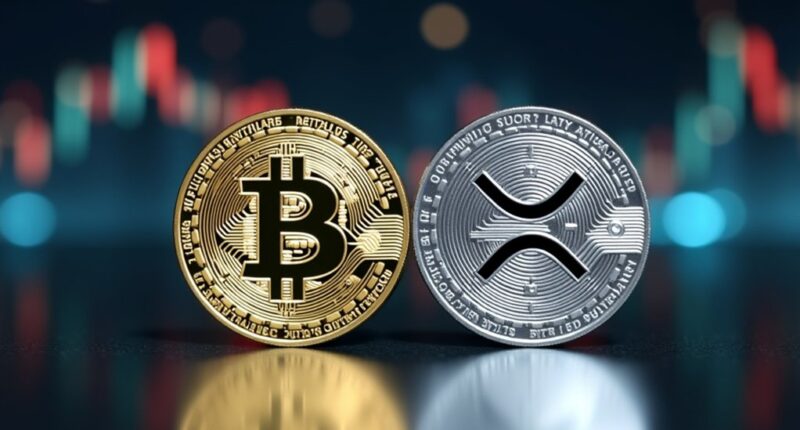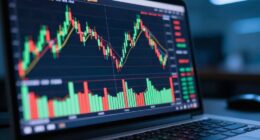How has XRP managed to distinguish itself in the volatile cryptocurrency market compared to Bitcoin? XRP’s recent price performance, with a modest increase of 1.46% to $2.15 within a 24-hour period as of August 2025, highlights its continued market activity despite broader sector fluctuations. Its market capitalization of approximately $12.5 billion and a 24-hour trading volume nearing $3 billion underscore substantial trading interest and liquidity. These figures demonstrate that XRP maintains significant institutional and retail attention, which is often influenced by developments in cross-border payment technologies and evolving investor sentiment. Unlike Bitcoin, XRP’s price volatility tends to reflect sector-specific news, particularly regulatory clarity and partnership expansions, rather than broader market movements. The recent 2024 court ruling suggesting that XRP may only be considered a security in specific circumstances has contributed to renewed investor interest and optimism. Additionally, XRP’s reliance on a leaderless consensus structure for transaction validation differentiates it from Bitcoin’s mining-based confirmation process.
In contrast, Bitcoin continues to hold its position as the largest cryptocurrency by market capitalization, benefiting from greater stability and widespread institutional investment. It has achieved new all-time highs, a milestone that XRP has yet to surpass since its 2018 peak of $3.40. Bitcoin’s resilience is supported by diversified adoption, including exchange-traded funds and government interest, which bolster its legitimacy as a store of value. This broader acceptance mitigates the impact of price crashes and favors Bitcoin for long-term value retention, especially during periods of economic uncertainty. Its fixed supply of 21 million units further strengthens its characterization as “digital gold,” a status not shared by XRP due to differences in supply and network design.
XRP’s lower market capitalization compared to Bitcoin suggests higher potential for rapid price growth, which has been partly driven by positive legal developments such as the progress in the SEC case. Additionally, XRP’s technological focus on facilitating faster and cheaper cross-border transactions through Ripple’s chosen validators introduces a degree of centralization that contrasts with Bitcoin’s fully decentralized blockchain. This fundamental difference impacts investor trust and network security perceptions. While XRP’s year-to-date growth of 50.19% outpaces Bitcoin’s 26.12%, such gains come with increased risk, and the decreasing price correlation between the two indicates that XRP’s market behavior is becoming more independent. Moreover, XRP’s market value accounts for approximately 4.63% of the total cryptocurrency market, highlighting its significant market share. Hence, while XRP’s surge reflects niche market enthusiasm and promising short-term opportunities, it remains uncertain whether it can challenge Bitcoin’s long-established market supremacy in the foreseeable future.









